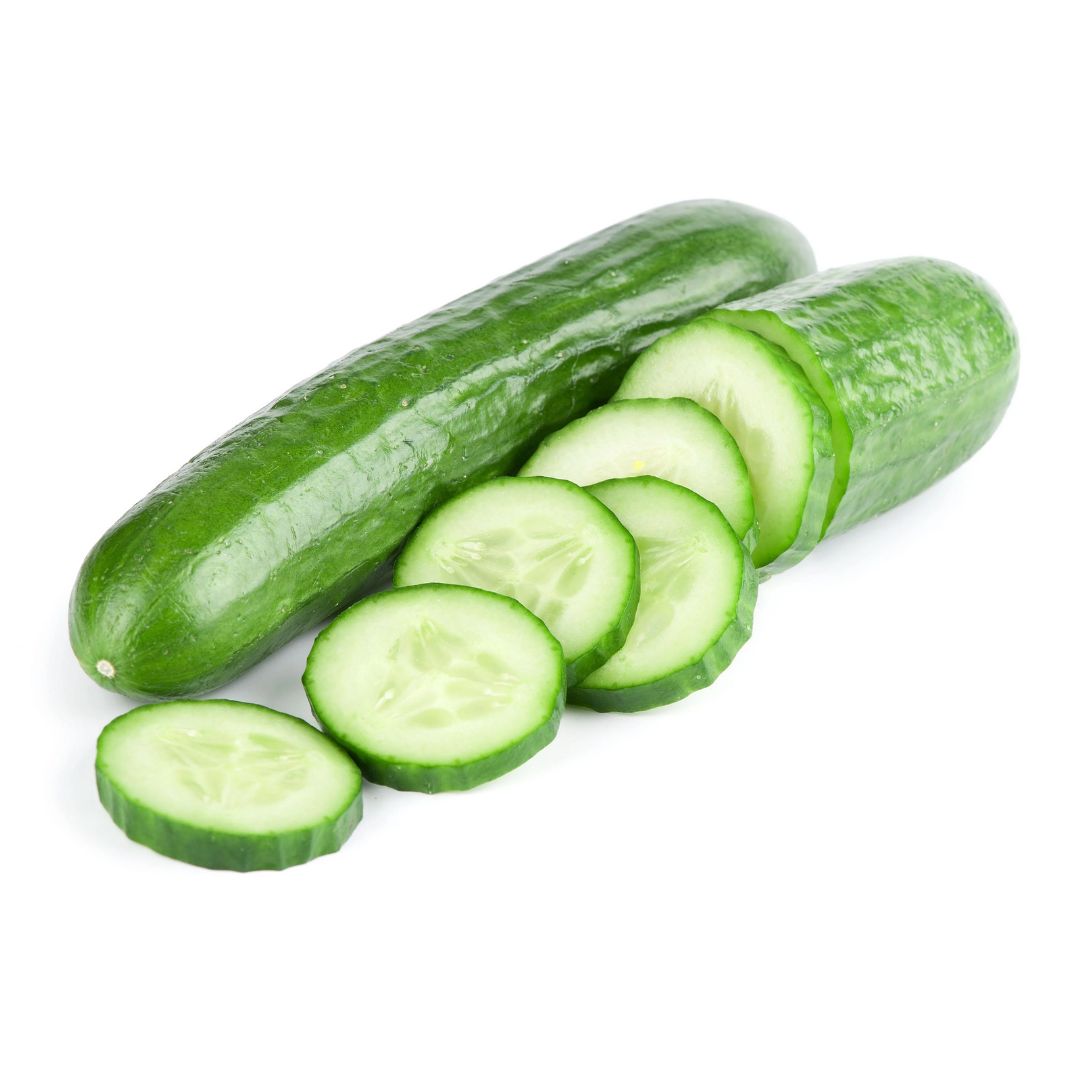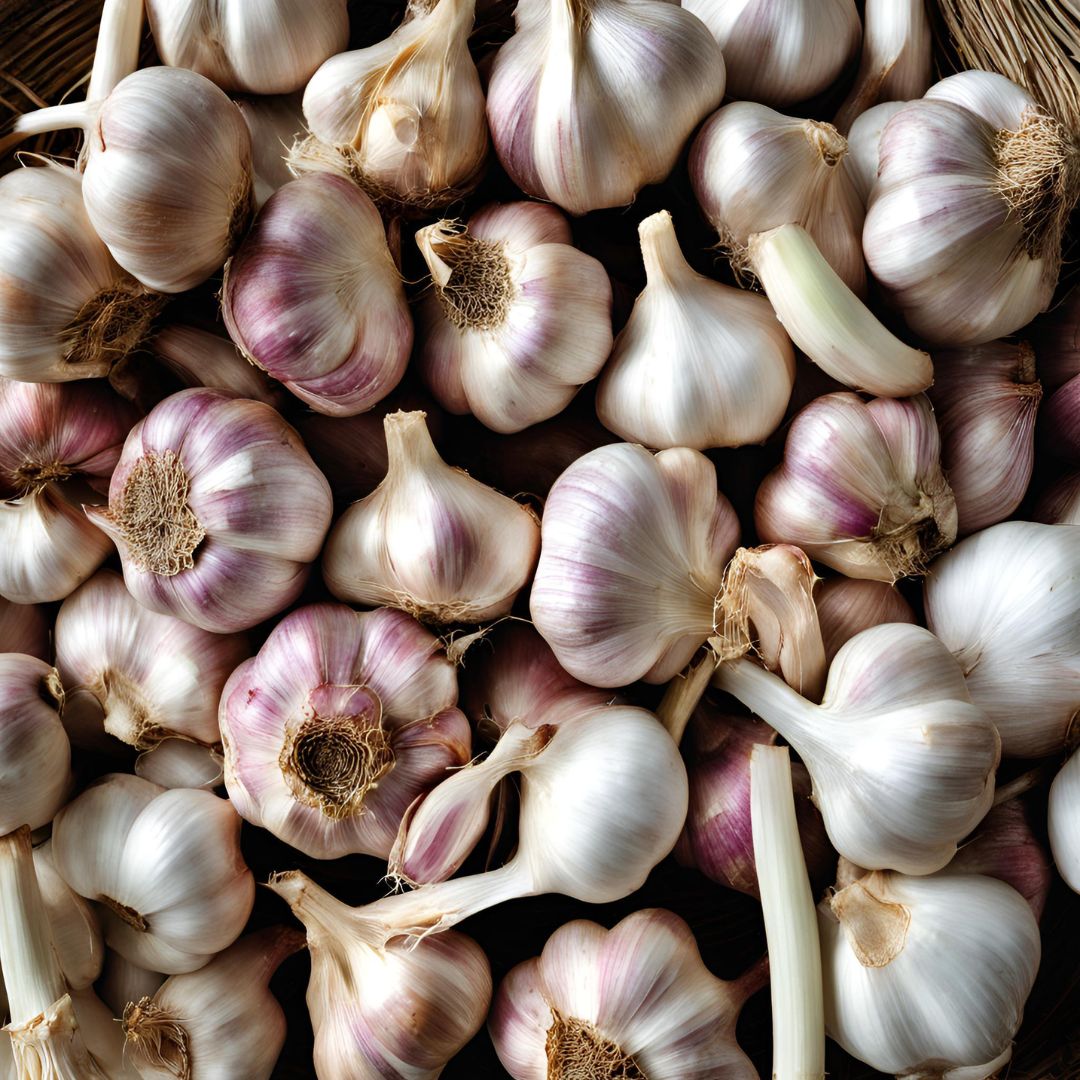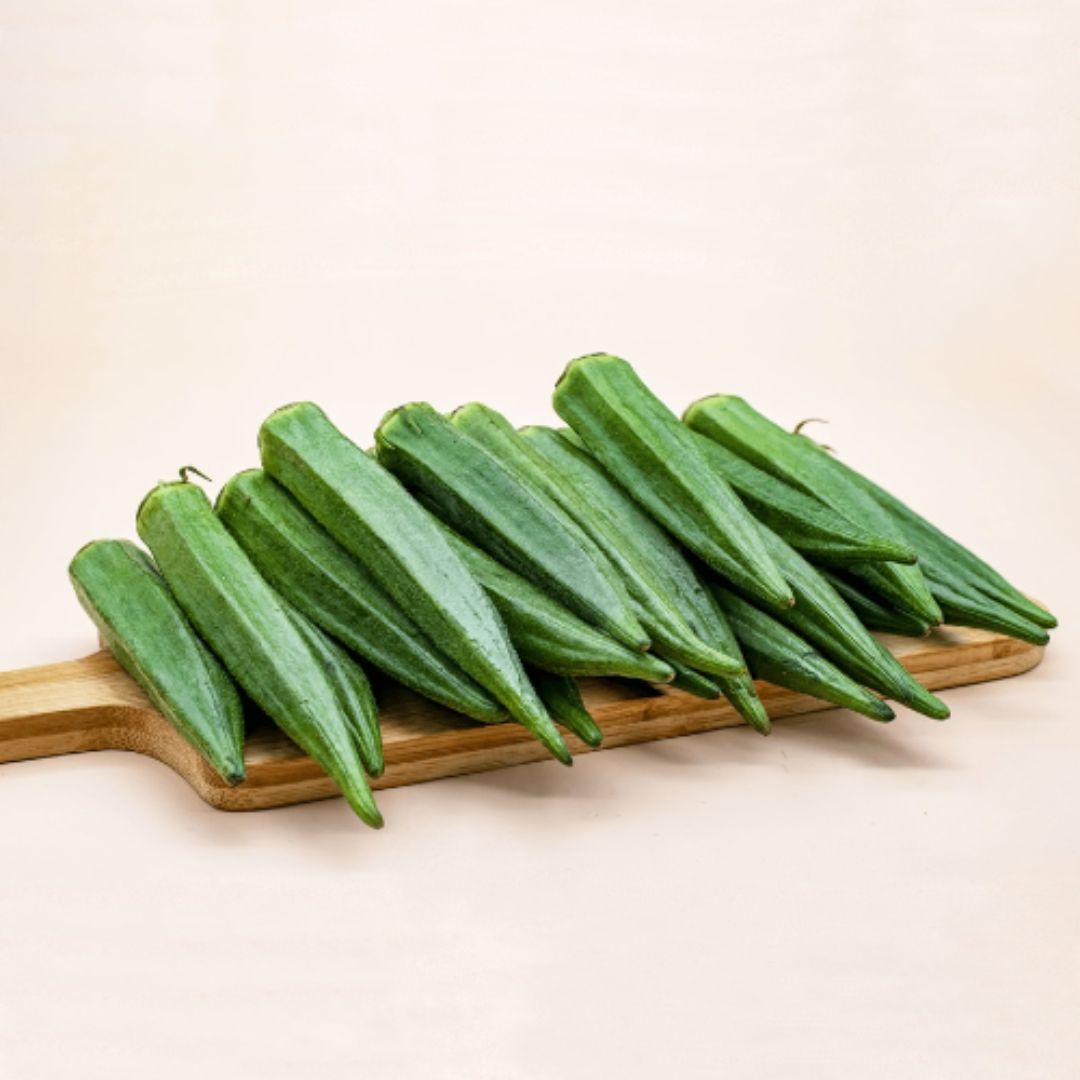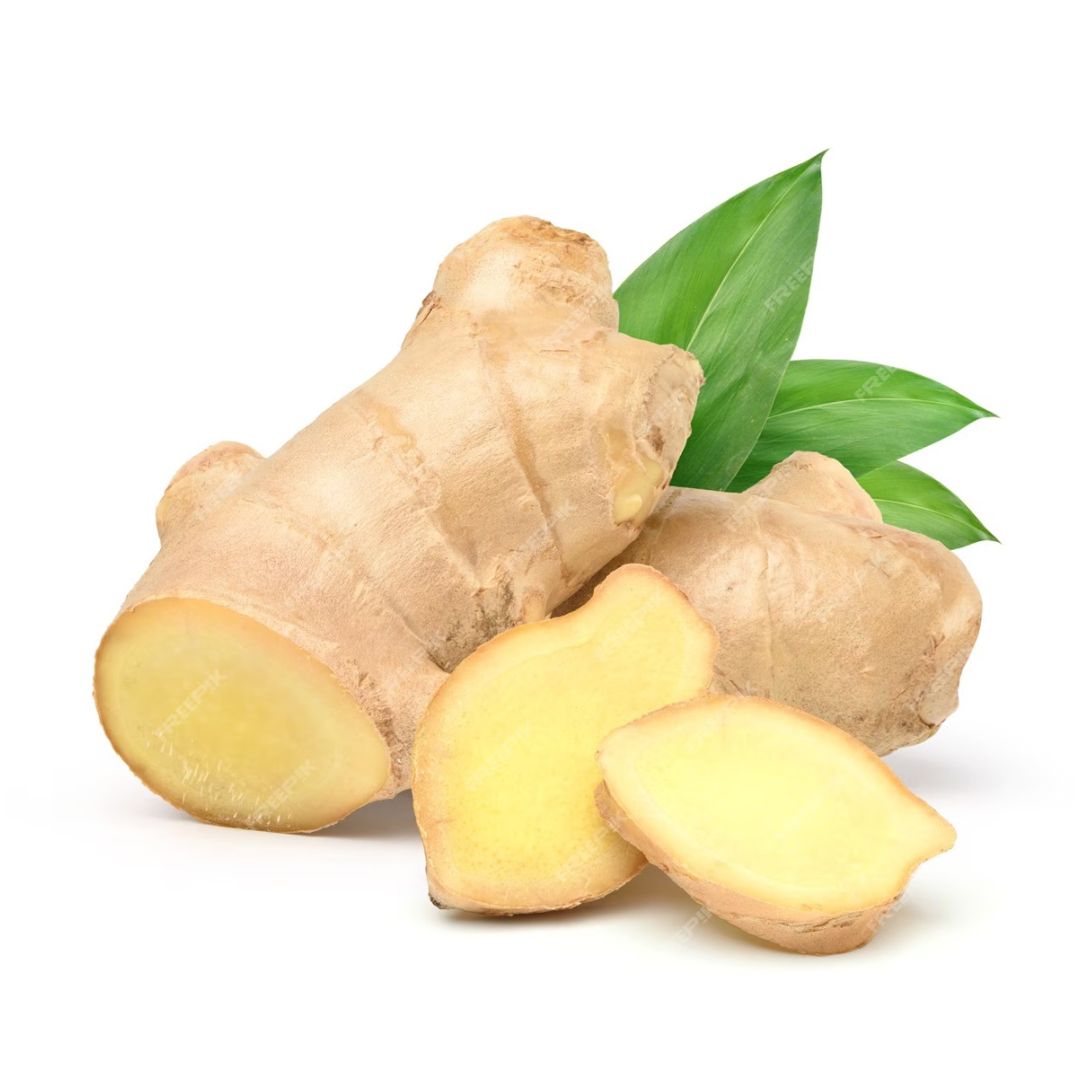Varieties of Indian Fresh Cucumber
1. Desi Cucumber (Indian Cucumber):
• A small, dark green variety with a bumpy texture.
• Known for its slightly bitter taste and crunchy texture, often used in traditional Indian salads and pickles.
2. Slicing Cucumber:
• Larger in size, with a smoother skin and less bitterness.
• Popular in salads and sandwiches, it is the most commonly exported variety.
3. Burpless Cucumber:
• A variety that is long, slender, and has a mild flavor, with fewer seeds.
• Gaining popularity in export markets due to its smooth texture and ease of digestion.
4. Seedless Cucumber:
• Primarily used for fresh consumption and in salads, this cucumber has smaller, non-visible seeds, making it more desirable for raw consumption.
Top Cucumber-Producing States in India
1. Uttar Pradesh: Known for the largest production of cucumbers in India, particularly in areas like Agra, Mathura, and Aligarh.
2. West Bengal: A significant producer, especially in districts like Hooghly and Howrah.
3. Gujarat: Widely grown in the Saurashtra region and surrounding areas.
4. Maharashtra: Major production in areas like Nashik, Pune, and Solapur.
5. Karnataka: Cucumber is cultivated in Bangalore and surrounding areas.
Packaging and Transportation
1. Packaging Standards:
• Cucumbers are usually packed in ventilated cartons, plastic crates, or thermoplastic bags.
• The packaging needs to allow for adequate airflow to prevent moisture buildup, which can lead to spoilage.
• Standard packaging sizes are 5kg, 10kg, or 15kg per carton, depending on customer preferences and market requirements.
• The packaging should also protect the cucumbers from physical damage during transit.
2. Storage and Transport:
• Ideal temperature: Fresh cucumbers should be stored at 7–10°C to retain their freshness during transport.
• Humidity: It is important to maintain moderate humidity (90–95%) to prevent dehydration and wilting of the cucumbers.
• Cucumbers should be transported in refrigerated containers to preserve their crispness and prevent spoilage.
Advantages of Indian Fresh Cucumber
1. High Nutritional Value:
• Cucumbers are packed with water (95%), making them a refreshing, hydrating food. They are also low in calories, high in fiber, and contain antioxidants like beta-carotene and flavonoids.
2. Versatility:
• Fresh cucumbers can be consumed raw in salads, added to sandwiches, blended into juices, or used in pickles. Their versatility makes them popular in a wide range of culinary preparations.
3. Competitive Pricing:
• India’s extensive cucumber production allows it to offer fresh cucumbers at competitive prices, making it an attractive option for international markets.
4. Long Shelf Life:
• With proper handling and refrigeration, cucumbers have a relatively long shelf life, making them suitable for export.
Challenges in Cucumber Export
1. Perishability:
• Cucumbers are highly perishable and require careful handling, temperature control, and cold chain management to prevent spoilage during transportation.
2. Quality Control:
• Maintaining uniform size, shape, and color is important for export. Overripe or damaged cucumbers may not meet the export standards.
3. Seasonality:
• Cucumbers are typically grown in specific seasons, and supply may fluctuate depending on the harvesting cycles. This can affect export volumes and prices.
4. Pest and Disease Management:
• Fresh cucumbers must be free of pests and diseases to meet international export standards, requiring efficient pest control and phytosanitary management.
Opportunities
1. Organic Cucumber:
• There is growing global demand for organic produce, and exporting organic cucumbers can open up new markets, particularly in regions like North America and Europe.
2. Frozen and Processed Cucumber:
• Exporting frozen cucumber or processed cucumber products (such as cucumber pickles, juices, or chips) can help overcome perishability issues and extend shelf life.
3. Health and Wellness:
• With increasing consumer awareness of healthy eating, the hydrating, low-calorie, and nutrient-rich properties of cucumbers can be highlighted in marketing campaigns to attract health-conscious consumers.
4. New Market Penetration:
• While traditional markets like the Middle East, Europe, and North America remain strong, emerging markets in Africa, Southeast Asia, and Latin America present opportunities for growth in cucumber exports.




